Discover the Awesome Chord CPM-2600, SPM-600 & SPA-1032 Power Amplifiers
In 2009 my amplification setup consisted of a Chord CPM2600 Integrated amplifier bi-amped with firstly an SPM600, and then the Chord SPA1032.
As you may know, Chord amplifiers are extremely high quality and the CPM 2600 working as an integrated alone is a wonderful package. The build quality is second to none with thick aluminium construction and very heavy.
The CPM2600 weighs in at 20kgs including the chunky Integra legs.
Let's take a look at it:
Firstly, for some, the styling is way too chunky and some say too fussy, even OTT. Of course, the unit looks like it came from an era of excess but it doesn't look out of place in a serious musical environment. The style could be considered as 'masculine' but also austere, which can be considered as more utilitarian.
So with those words bouncing around, are Chord amplifiers pleasing to own from an audiophile point of view? Well, without actually owning one, or having it in your own system, in your own room, you don't really get to appreciate it. In the flesh, it's really very pleasing. And compared to some of the kit out there in tin boxes, its presence certainly lets you feel that you have something quality.
Chord is out there... waaaaay out there when it comes to quality and price. In the long run, I'd certainly aire to the side of value for money. These amplifiers are built with so much passion and expertise.
Chord comes from the professional side of audio and although they moved into the consumer market, their kit is always made with one foot in the studio. So we get things like channel indicators and balanced inputs and outputs.
Chord make amplifiers for some of the most important studios in the world, for example, Abbey Road and even the Royal Opera House of which used a massive array of them of over 200 units.
The technology Chord included inside the CPM2600 is their own high-frequency and ultra-low ESR power supplies and direct decoupling which keeps the distortion down to a vanishingly low amount.

The sound:
At the source end of the CPM2600 is the Raysonic CD128 and a Pioneer PD-91 and at the speaker, end is a set of beautiful DALI Helicon 800 MK2s and some Harbeth SHL5s.
The first set-up was using the Raysonic CD128 and then the Pioneer PD-91 CDP.

On switch on, like many large amplifiers, the sound can be noted as a little reedy, a bit thin. But give it an hour and things really start to happen. The resolution in the higher registers is simply phenomenal.
The development in sound on warm-up took a little longer for the first time because the house was really cold and the amplifier had to be left in my spare overnight due to lots of dust from some renovation work and it was a cold night.
But once the warmth started to kick in, the full picture started to emerge. Everything was so effortless, no matter what I played, classical, Rock, Dance... the Chord simply took it in its stride with ease.
The matching of the DALIs was also great. I had previously used numerous amplifiers with them but the Chord won hands down.
The next step was to change the source. The Raysonic is a very nice CDP, but I always detected a slight harshness to it. On some music it was undetectable but on other material, you could hear it quite notably.
So, moving over to the Pioneer PD-91 made the difference. In fact, the Chord coupled with the PD-91 and the Dali speakers was a very nice match.
The amount of detail was phenomenal whilst the mid-range and low-frequency registers flowed with ease. The only aspect I could return as a negative was that on some tracks, the sound stage was slightly flat. This was something I found with the CPM2600 at times but this was improved with a change of speakers.
So, on with the next stage. The Pioneer PD-91, CPM2600 and the Harbeth SHL5s.
The Harbeths are a much smaller loudspeaker to the Dali's. Whilst the Dali's have more of a vertical wall of sound, the Harbeths rely on a more front-facing studio monitor format. Of course, these two sets of loudspeakers are totally different so we cannot compare them like potatoes. So with the Harbeths, I wanted to take a deep breath and give a stand-alone aspect.
With the Harbeths, the sound is more in your face. And with a more conventional design in drivers and tweeters, the sound brings itself down to a more factual portrayal. The height of the Dali's made for great air and ambience but the CPM2600 with the Harbeths brought the mix in front of you and with more accuracy.
Was it more enjoyable? Well, the CPM2600 still had a little bit of a flat feeling, it wasn't as apparent as with the Dali's but it was still there... But the energy and the dynamics with the Harbeths was much more fun.
The CPM2600 at this point was still one of the best-integrated amplifiers I've heard. So impressed I figured that maybe I should try another Chord amplifier and use CPM2600 as a preamp only. So I bought the SPM600. Could this remove that veil of flatness?
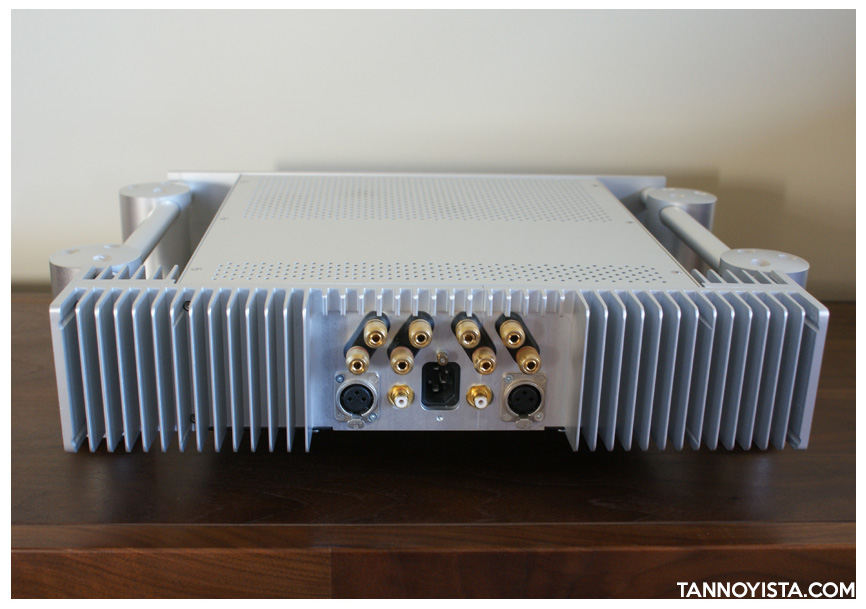
At first, the SPM600 was used as the main amplifier, using the CPM2600 as a preamp only. This was a great move. The SPM600 really kicked out the jams with even more clout and slam. Now the Dali's were really singing. The flatness almost vanished with a richer, more open and deeper sound stage. So, my next experiment was to use them both and bi-amp them.
To be honest, I was expecting even more by doing this but I was slightly underwhelmed. Yes, a little better, but that flatness came back slightly more. So, connecting it back to using the SPM600 was the best configuration. Once hooked up, the sound was marvellous.
And changing over to the Harbeths at this point really put the bounce back into the mix. Fabulous.
My next Chord amplifier to try was the SPA1032. This amplifier came out of a sound studio where they have 6 of them running in parallel. At this point, I didn't know what to expect. The SPM600 was certainly a huge step up from just the integrated.
Well, the SPA1032 certainly didn't disappoint and again, using the CPM2600 as the pre, whilst the SPA1032 as the amplifier, the sound was unbelievable.
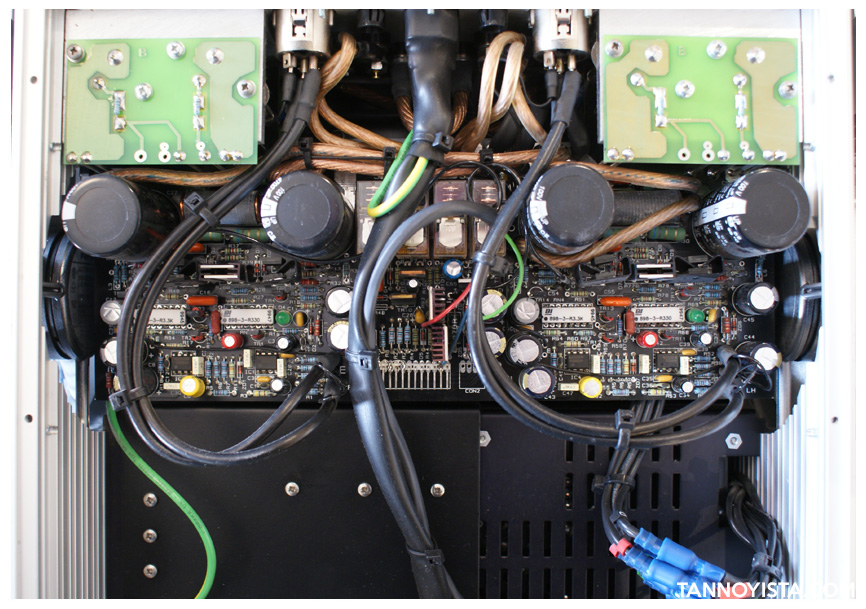
The only problem with the SPA1032 was the sound of the cooling fans. But, with a quick call to Chord they advised me on how to switch the fans off and would only kick in if the amp became more overloaded.
With that, the interesting factor was that I then preferred the Dali's to the Harbeths. So, something had certainly changed in regards to synergy.
The next thing I wanted to try was to use the balanced outputs from the Raysonic CD128. The Pioneer was unbalanced so this was something to look into. What I found was that the Raysonic gave more of the music out using fully balanced connections directly into the CPM2600 than unbalanced. An interesting discovery for me for sure. But... saying that.
The Pioneer RT-909 still wins hands down. The pace and the smoothness made the PD-91 the winner on this front. Very analogue and voluptuous and matching was much easier.

To finish. The CPM2600 by itself is a wonderful unit for sure. But, it may have a rather uninteresting sound stage for some. Coupled with an external amplifier, Chord or may be otherwise, it makes for a very nice unit to own. So, why have an integrated if all you're using is the preamp circuit?
Well, indeed... But, for some the integrated on its own will be perfectly fine. And, partnering with different speakers, the sound stage may open up even more.
The CPM2600 by itself is an amazing piece of kit. Expensive, even second hand but, yes... well worth it.







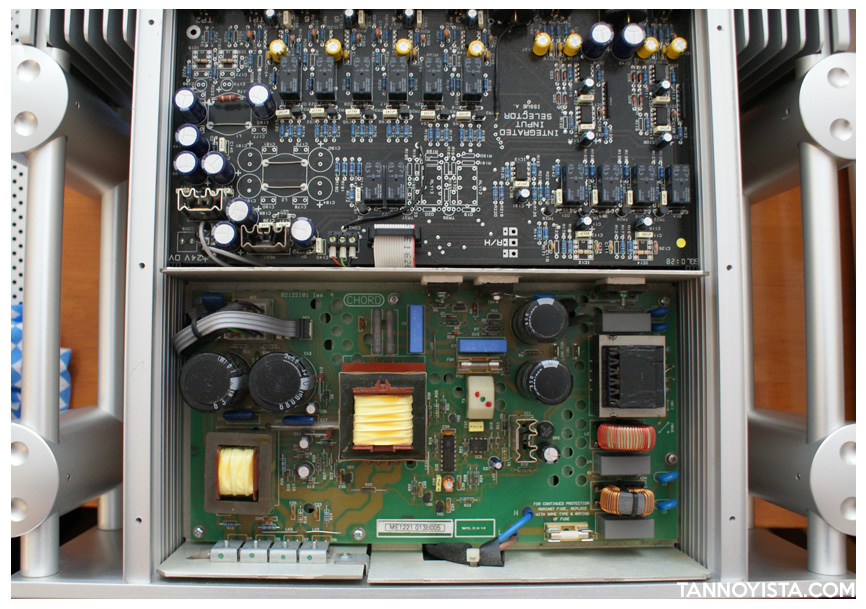


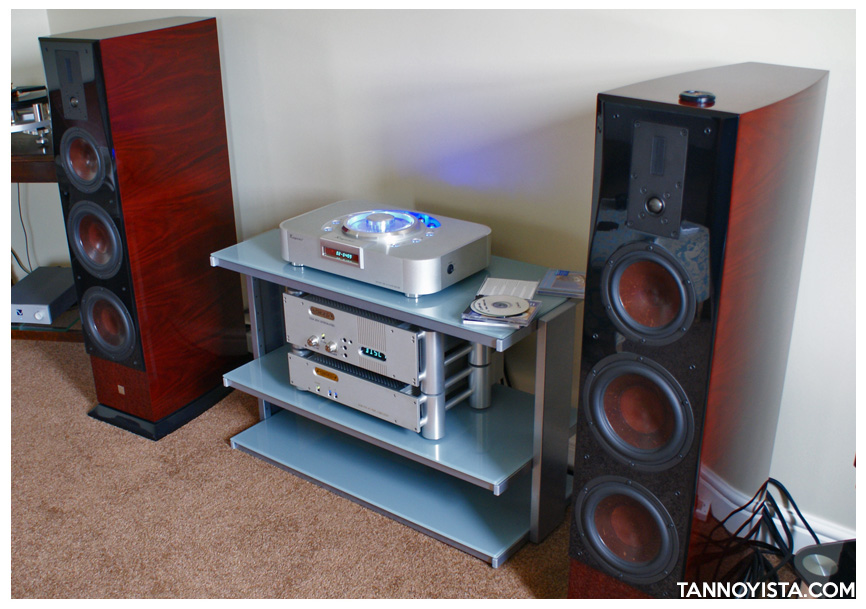
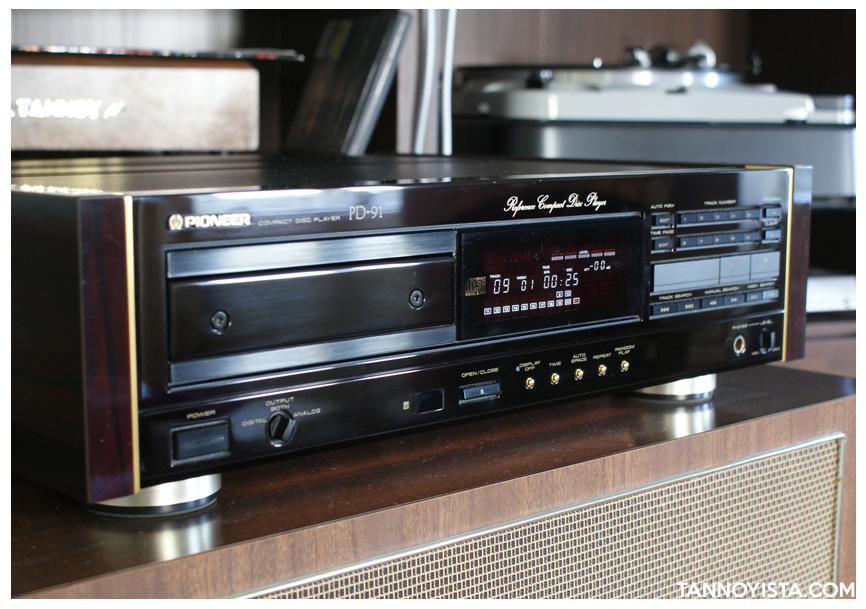


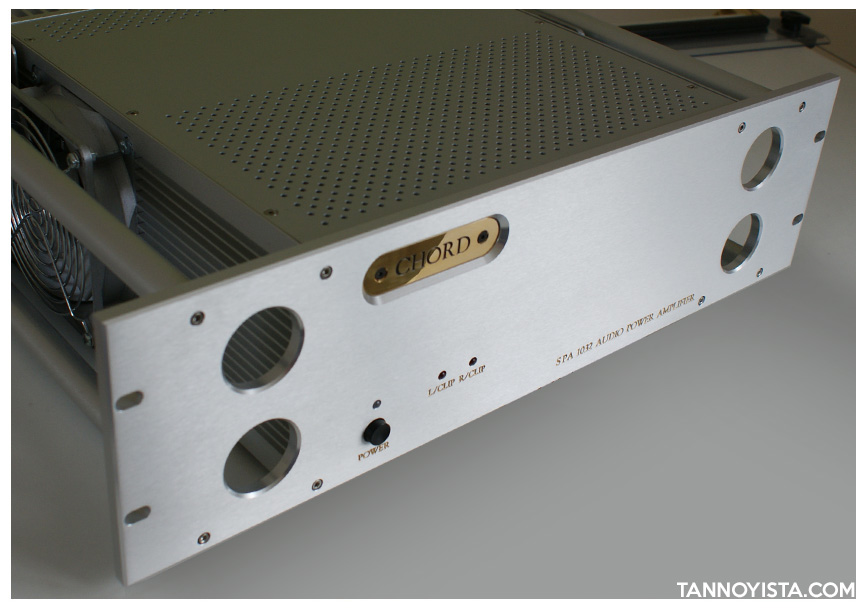







 All the photographs and images on this site are copyright.
All the photographs and images on this site are copyright.
0 comments